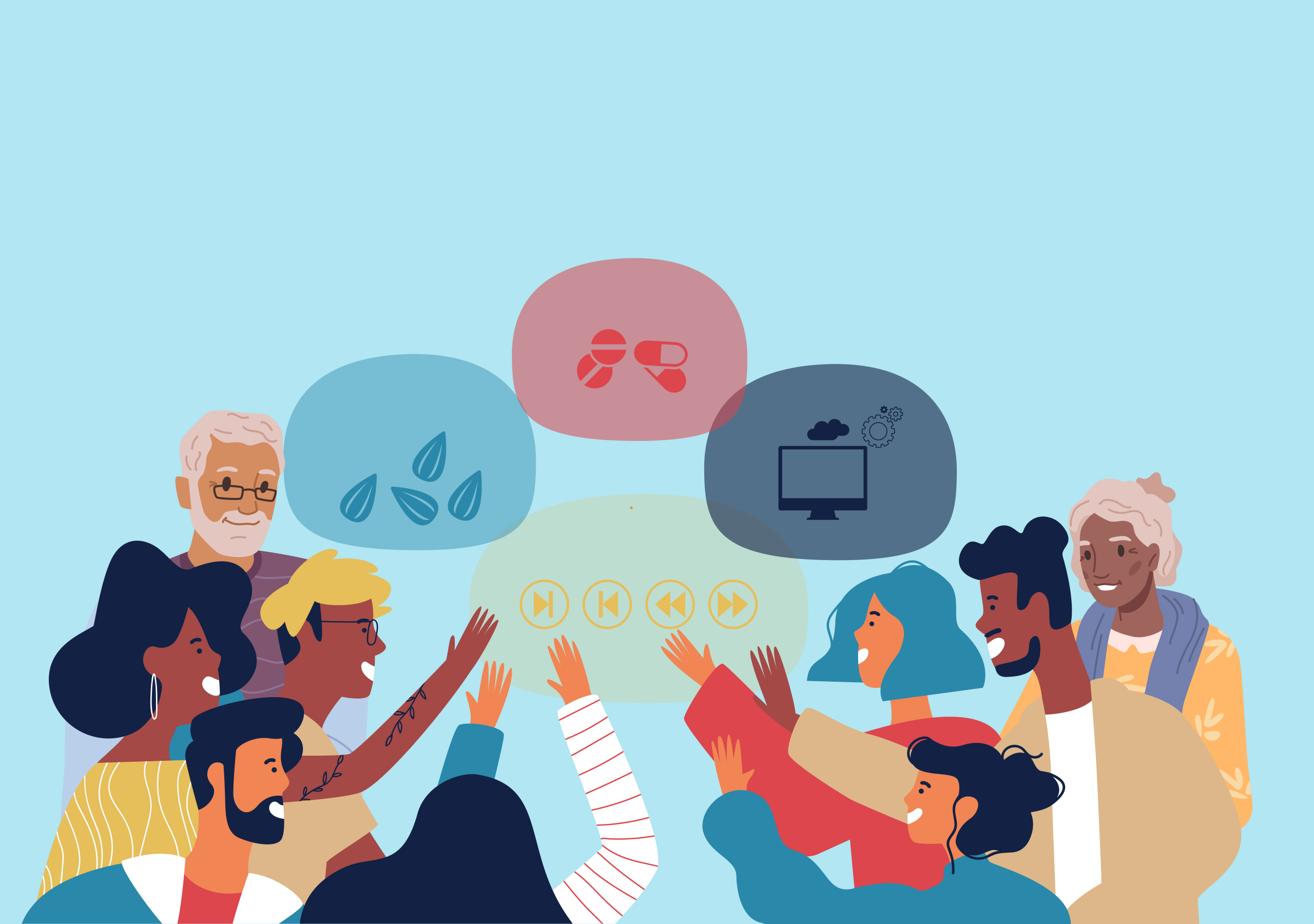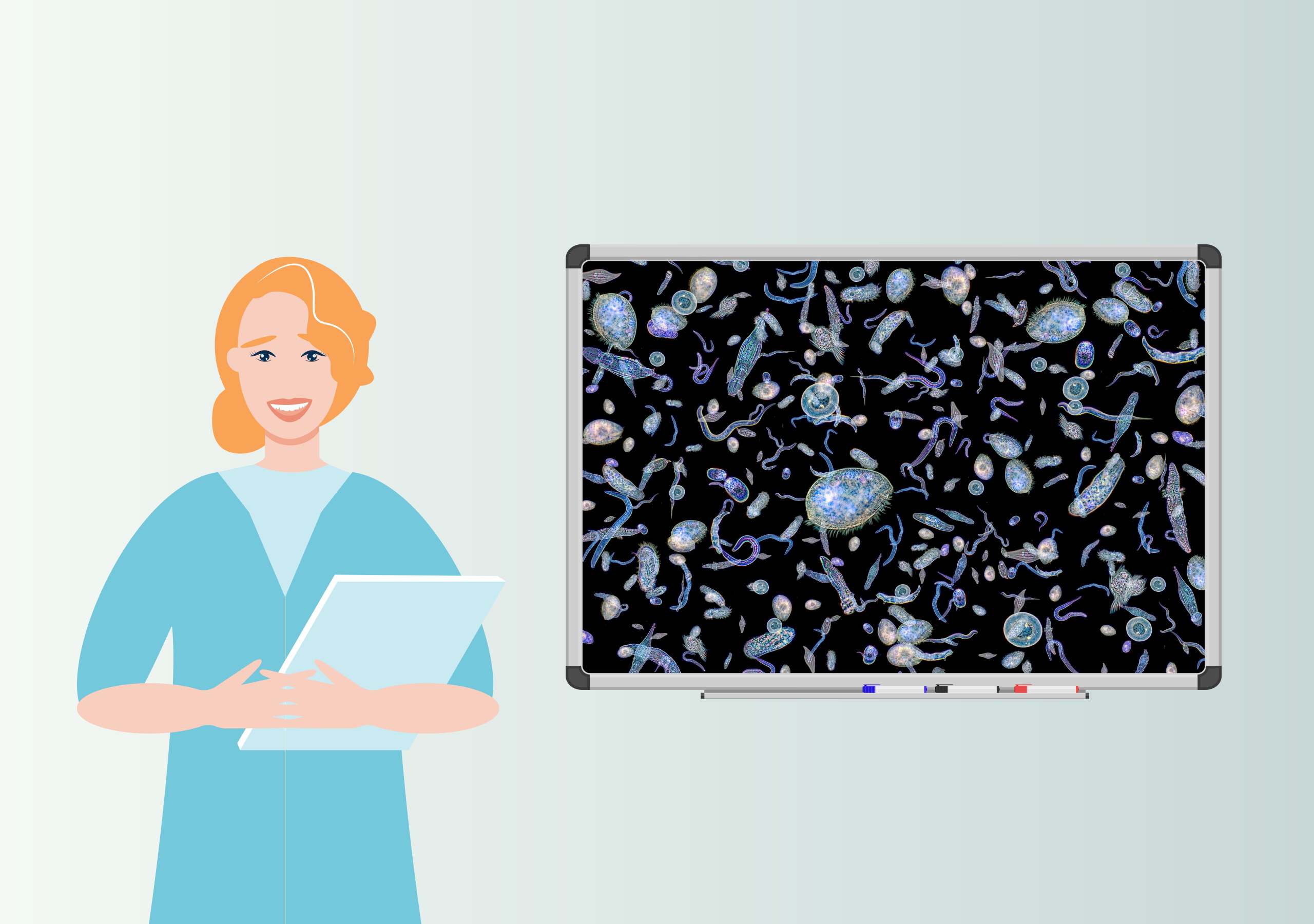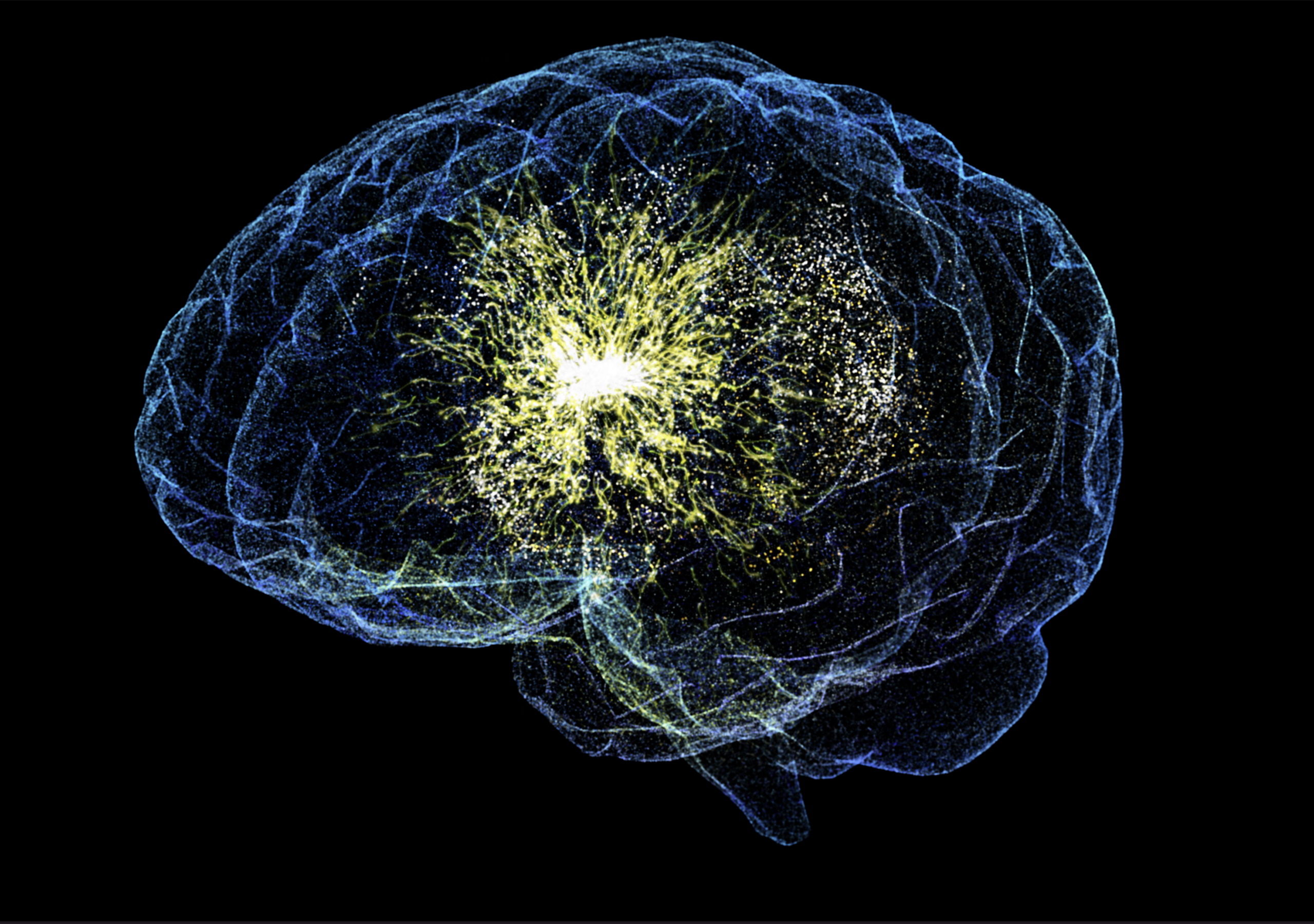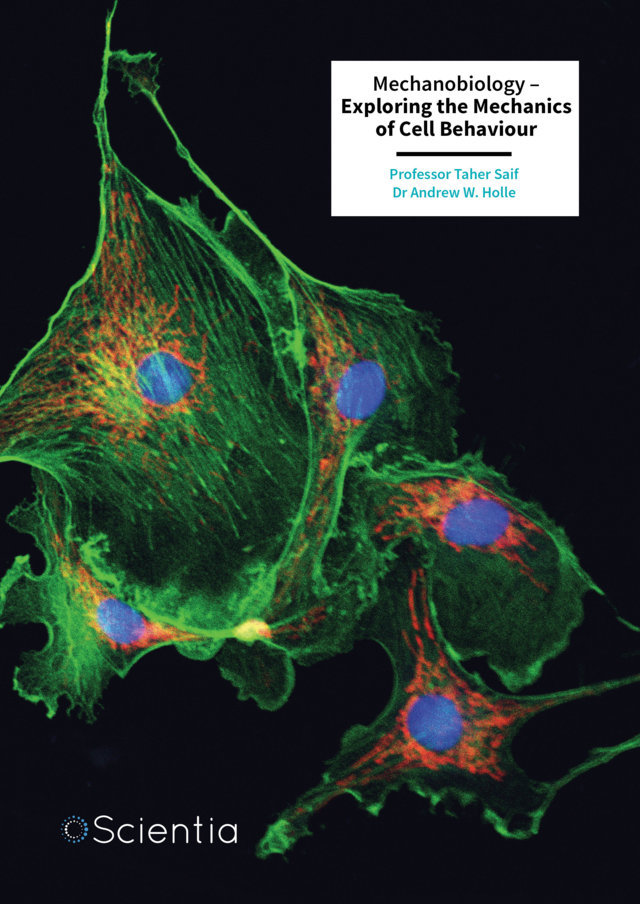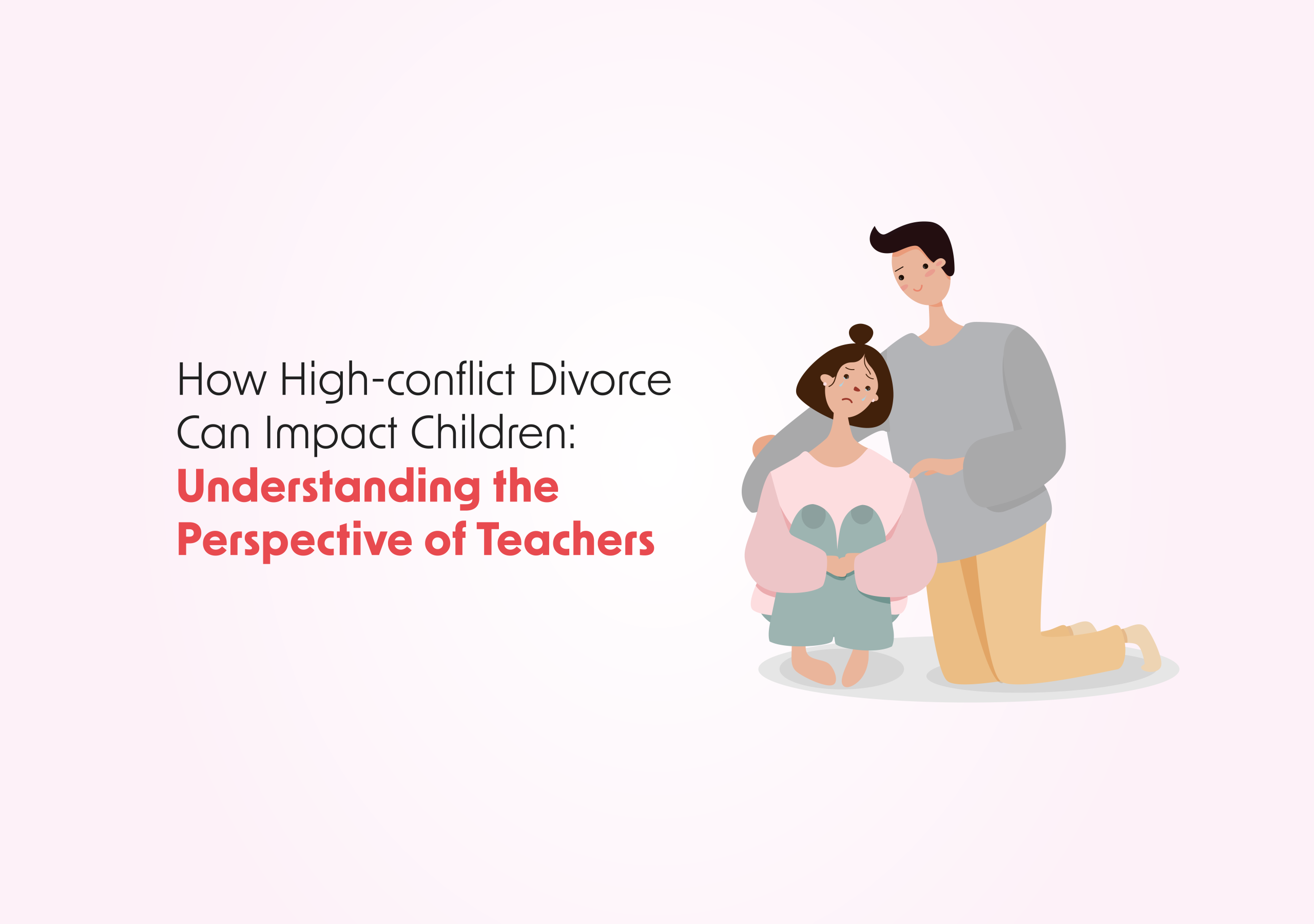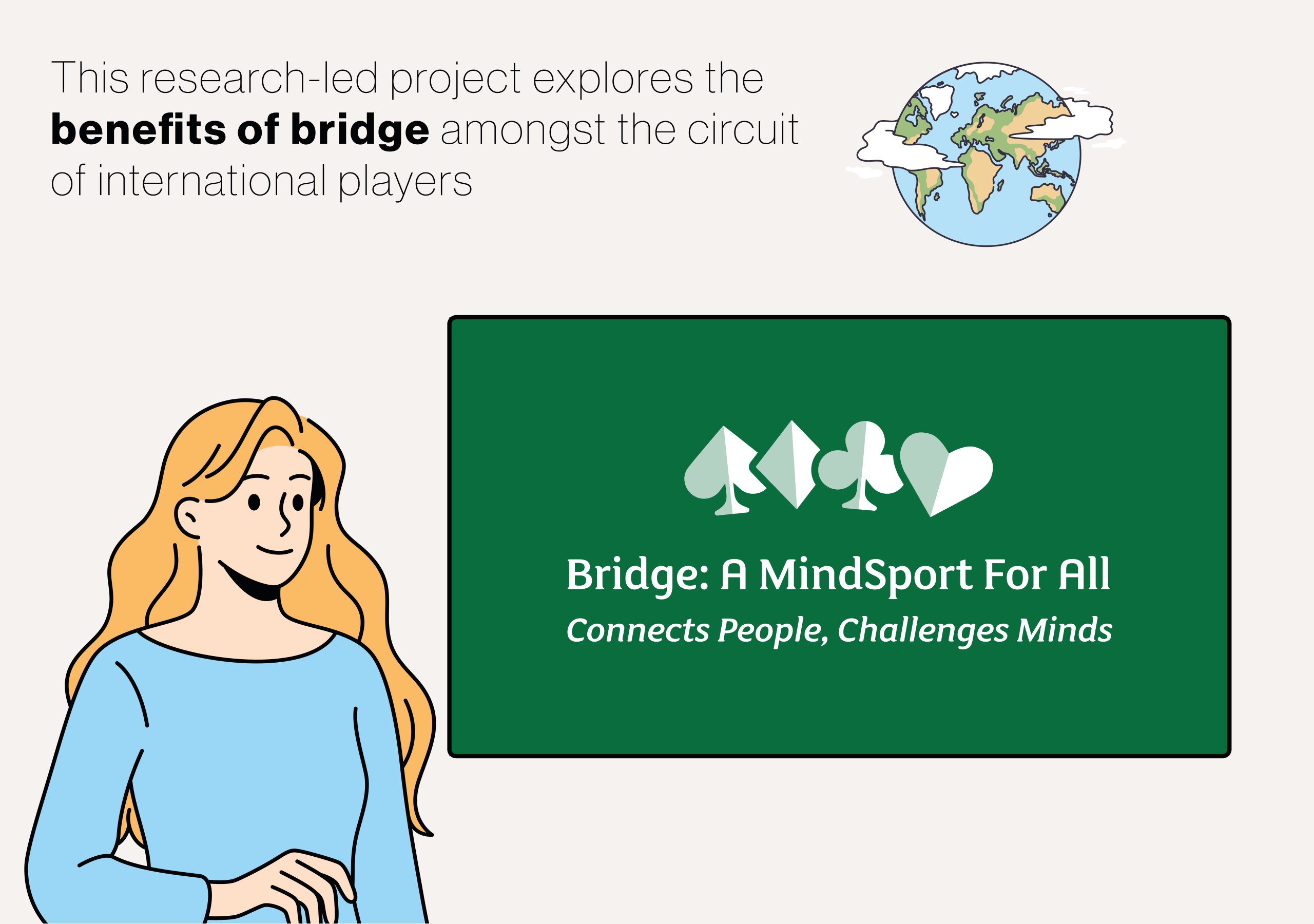Despite decades of awareness about gender equality, a persistent pleasure gap remains between women and men in sexual encounters, with women experiencing significantly fewer orgasms and less sexual pleasure. It is important to note that this gender difference exists primarily in contexts where women have sex with men, while women who have sex with women tend to experience more orgasms and sexual pleasure. Since the gendered pleasure gap cannot be explained by biological factors, researchers continue investigating hidden sociocultural forces that perpetuate this inequality. Two complementary studies from Tanja Oschatz at Johannes Gutenberg University and her colleagues reveal previously overlooked contributors to this gap: women’s performance of sexual emotional labor in intimate relationships and biased media representations of sexual pleasure. More
The first study developed a comprehensive measurement tool to identify and quantify sexual emotional labor among women, while the second examined how popular media representations might reinforce gender disparities in sexual pleasure.
The concept of emotional labor, which basically means adjusting or suppressing one’s emotions to enhance another person’s well-being, originally emerged from research on service industry workers who were expected to manage their emotions to enhance customer experiences. This phenomenon extends far beyond the workplace into intimate relationships. Sexual emotional labor refers to the emotional work that individuals perform during sexual encounters to prioritize their partner’s needs over their own. Due to gendered roles and norms, emotional labor is disproportionally performed by women because it is often considered a “natural” behavior for them.
Understanding this hidden form of gender inequality in sexuality has become increasingly important as it may have a widespread impact on women’s sexual satisfaction and agency. When women engage in extensive sexual emotional labor, they do so by sacrificing their own needs and desires.
However, the research team recognized that despite extensive research on emotional labor in other contexts, the sexual domain remained largely unexplored. Oschatz and her research team conducted three studies to develop and validate their Women’s Sexual Emotional Labor Assessment, with a sample of over 800 women from the UK and the US.
For the first study, based on past qualitative interview studies, the research team identified major themes of sexual emotional labor and created a set of items for each one of them.
The first theme involves faking orgasm, which research consistently shows women do far more frequently than men. While not all instances of faking orgasm constitute emotional labor, partner-focused reasons such as protecting a partner’s ego or preventing them from feeling inadequate represent the most common motivations.
The second theme encompasses tolerating discomfort or pain during sexual activities to avoid making partners uncomfortable. Research indicates that approximately thirty percent of women in the United States report painful sexual experiences during intercourse, compared to only seven percent of men. Most importantly, research also shows that many women do not communicate their experiences of pain to their sex partners because they do not want to make them or the situation uncomfortable.
The third theme focuses on partner-referenced sexual satisfaction, where women define their own sexual satisfaction primarily based on their partner’s pleasure rather than their own experience. This pattern reflects broader cultural tendencies where women are socialized to prioritize others’ needs.
The fourth theme involves performing desire, which means engaging in sexual activity or specific behaviors despite lacking genuine desire. Studies show that sixty-five percent of women compared to forty percent of men report having agreed to sex when they did not want to at least once in their lives.
The final scale revealed this four-factor structure. The scale proved to be reliable across study 1 and 2. In Study 3, the researchers looked at how women’s sexual emotional labor performance relates to other factors. They found that women who scored higher on sexual emotional labor were less sexually satisfied, had less sexual pleasure, were less likely to communicate their sexual needs, felt less sexual agency, and were more likely to behave submissively during sex.
Interestingly, sexual emotional labor was only weakly related to the endorsement of feminine gender norms. This may be unexpected as, in other areas of life, women who are more traditional in their gender role endorsement are found to engage in more emotional labor. In sexuality, however, even women who consider themselves feminist or liberal may still perform sexual emotional labor. This could suggest that this form of emotional labor is especially automatic, invisible and therefore often goes unrecognized.
Oschatz and her colleagues conducted a second complementary study – a comprehensive analysis of sexual content across seven highly popular Netflix series, chosen for their availability, popularity, recency and sexual content, to examine how sexual behaviors, orgasm experiences, and gender roles are portrayed. Their findings reveal a complex picture of how mainstream media represents sexual pleasure and agency.
The researchers studied 271 sex scenes between one woman and one man from seven popular Netflix shows, such as Bridgerton, Sex Education and The Witcher. They used sexual script theory as their framework, which suggests that people learn cultural ‘blueprints’ about how sexual behavior should unfold through media and social influences. Sexual scripts are often quite gendered and represent women and men in stereotypical ways (for example showing a woman as passive and a man as dominant). For their analysis the researchers looked for three main things: whether characters had orgasms, what sexual activities were shown (like oral sex), and who was in charge during sex (who started it, who controlled it, and who spoke up about what they wanted).
The analysis showed that women’s orgasms were depicted significantly less frequently than men’s orgasms, with women experiencing orgasm in approximately six percent of sexual scenes compared to ten percent for men. This disparity was statistically significant, though considerably smaller than the gender gaps found in analyses of pornographic content.
The study revealed that sexual behaviors in these popular series were predominantly limited to penile-vaginal intercourse, which appeared in sixty-three percent of scenes and was by far the most commonly shown form of sexual behavior aside from kissing or touching. This emphasis on penetrative sex reflects broader cultural tendencies to define only this activity as “real sex”, despite the fact that many women are not able to experience orgasm through this form of sexual behaviour.
However, the research also uncovered some potentially positive trends. Contrary to expectations, cunnilingus – oral sex performed on a vulva – was portrayed more frequently than fellatio – oral sex performed on a penis – in the analyzed content. Cunnilingus appeared in nine percent of scenes compared to four percent for fellatio, representing a notable departure from pornographic content where fellatio typically dominates.
One of the most striking findings from the Netflix analysis concerned gendered sexual scripts. The content challenged many traditional expectations. Female characters were equally likely as male characters to initiate sexual encounters and take control during sexual activities. When verbal expression of sexual needs and desires occurred, women were actually more likely than men to communicate their wants and boundaries.
The findings of this study reveal a striking paradox in contemporary media representations of sexuality. While women characters were portrayed as equally sexually agentic as men – initiating encounters, taking control, and expressing their desires – the actual sexual behaviors depicted still centered predominantly on male pleasure. Penetrative sex dominated the scenes, with limited representation of activities that typically lead to women’s orgasms, and men’s orgasms were shown more frequently than women’s.
These complementary studies reveal how gender inequality in intimate relationships operates through multiple interconnected mechanisms, from individual emotional labor to cultural representations in popular media. Addressing these disparities requires both personal awareness and broader cultural change to create more equitable and satisfying intimate relationships for all individuals.


